The Great Liao - Nomad dynasty from Inner Mongolia (907-1125) at Drents Museum
Golden dead mask from the tomb of the princess of Chen, 1018 AD, Collection of Inner Mongolia Museum, Hohhot (China).
ASSEN - How a small nomadic population grew into a superpower in Asia. The Great Archaeological Exhibition The Great Liao - Nomad Dynasty from Inner Mongolia (907-1125) tells the special story of the mighty Liao dynasty in the 10th and 11th centuries. A empire that extends over more than 4,000 km, from the Japanese sea to the east to the Altai mountains in the west. Based on spectacular archaeological discoveries of the past 30 years, the visitor gets a unique insight into the culture of the Liao. You are looking forward to the vast steppe of Central Asia. Never before have the Liao treasures been seen in the Netherlands.
From nomad tribe to powerful empire
In the area on either side of the Liao River, a nomadic group of shepherds named Khitan the Liao dynasty founded. A bundle of small nomadic tribes grew into a powerful empire consisting of several peoples. Through military conquests, through trade in luxury goods and treaties with neighboring peoples, the Liao empire expanded into an area that contained current Mongolia, parts of North China, Russia and North Korea. To manage the empire, the Liao built large walled cities with beautiful palaces as a symbol of their imperial power. In addition, they did not forget their nomadic origin. Inside the walls, there was always room for the traditional yurt .
Gold Earrings in the form of Makara's (Dragonfly and Dragonfish), 10th / 11th century, Mutouyingzi, Tongliao, Inner Mongolia Museum, Hohhot China)
Unique Liao Culture
With about 145 precious items, mainly from the Inner Mongolia Museum in Hohhot (China), The Great Liao gives an image of the unique and own culture of the Liao. From the splendor of the elite, of daily life, of the grave culture and of their special craftsmanship. Gorgeous earthenware, gold jewelry, gilded horse riding gear and silver crockery are featured in Assen. This is especially about special finds that have come up with excavations of graft bombs.
Golden dead mask princess of Chen
Absolute highlight in the exhibition is the tomb of the princess of Chen, discovered by archaeologists in 1986. A terrific sensation at the time, because the grave was completely intact and filled with numerous valuables. The princess of Chen died in 1018 at the age of 17. To emphasize her royal dignity and her status within the Liao dynasty, her face was covered with a gold dead mask and she wore gold plated silver boots. Tin pointers are also the rebuilt grave bombs of the Xuanhua Zhang family with beautiful murals.
Gold plated silver boots from the tomb of the princess of Chen, 1018 AD, collection of Inner Mongolia Museum, Hohhot (China)
Chinese Exhibitions at Drents Museum
The Great Liao fits into the tradition of major exhibitions of the Drents Museum about China: The Xi'an's Terracotta Army (Han Dynasty) in 2008, and The Golden Age of China (Tang Dynasty) in 2011 The Liao Dynasty is the immediate successor to the Tang Dynasty (618-907 after Chr.).
At the exhibition, the same publication, a publication of WBOOKS, will appear. The book is available at the Museumshop and costs € 24.95.
Wooden death house from a graftombe in Wengniute Qi, Chifeng, around 1100 BC, collection of Inner Mongolia Museum, Hohhot (China).
Watersprayer in the form of a dragon head, pottery, 10th -11th century, Inner Mongolia Museum collection, Hohhot (China).
Tomb of Zhang Kuangzheng, Xuanhua (Hebei Province), 1093 AD., Excavated in 1993.

/https%3A%2F%2Fprofilepics.canalblog.com%2Fprofilepics%2F1%2F0%2F100183.jpg)
/https%3A%2F%2Fstorage.canalblog.com%2F03%2F02%2F119589%2F96711876_o.jpg)
/https%3A%2F%2Fstorage.canalblog.com%2F11%2F31%2F119589%2F94773502_o.jpg)
/https%3A%2F%2Fstorage.canalblog.com%2F20%2F83%2F119589%2F94772815_o.jpg)
/https%3A%2F%2Fstorage.canalblog.com%2F26%2F72%2F119589%2F75604929_o.jpg)
/https%3A%2F%2Fstorage.canalblog.com%2F59%2F60%2F119589%2F26458628_o.jpg)
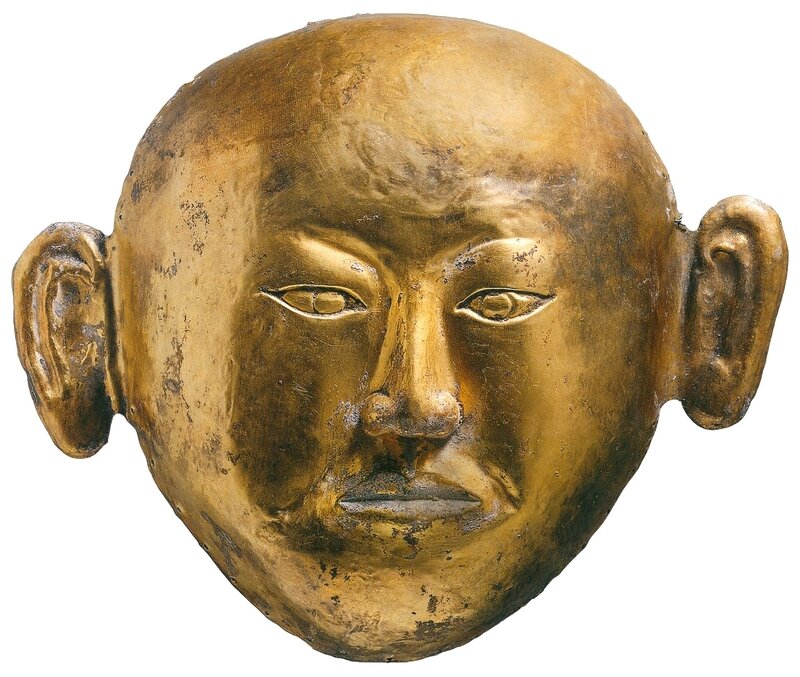
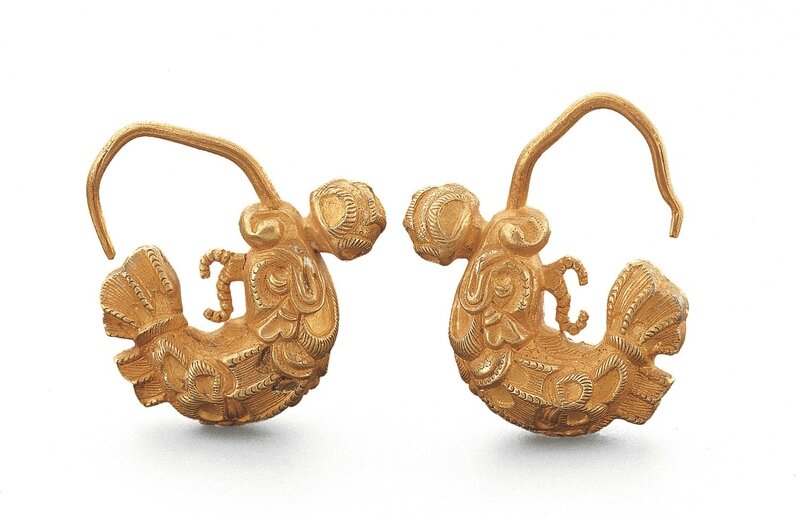
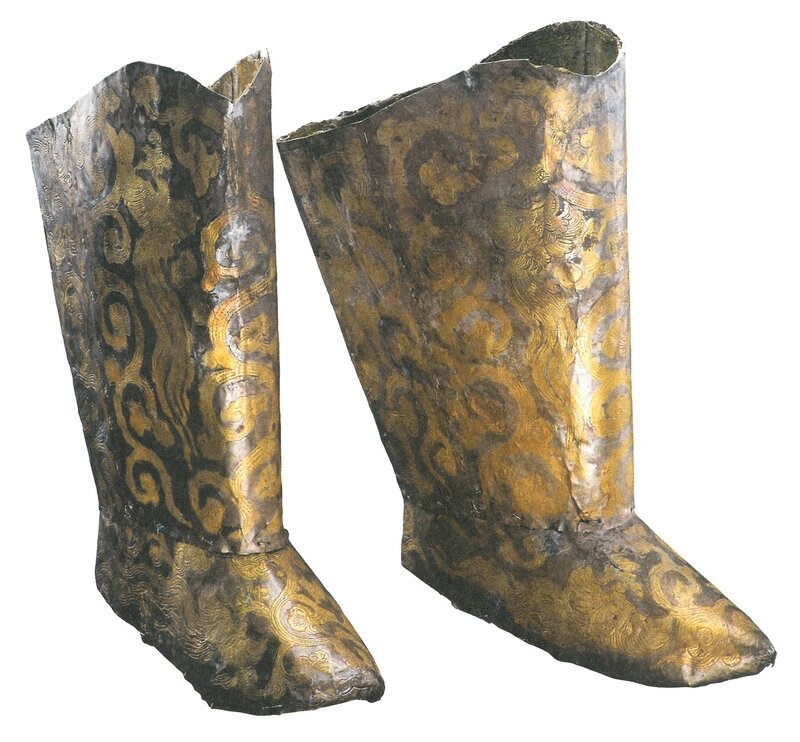
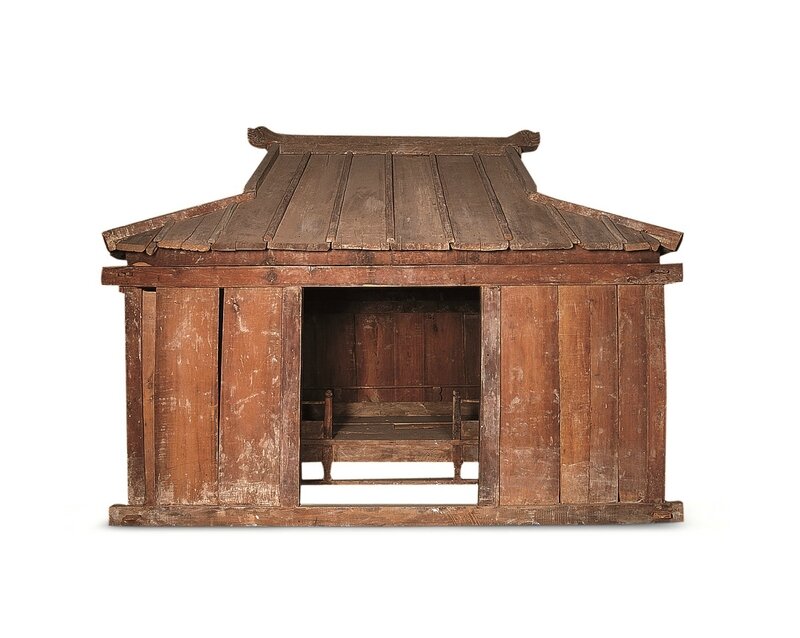
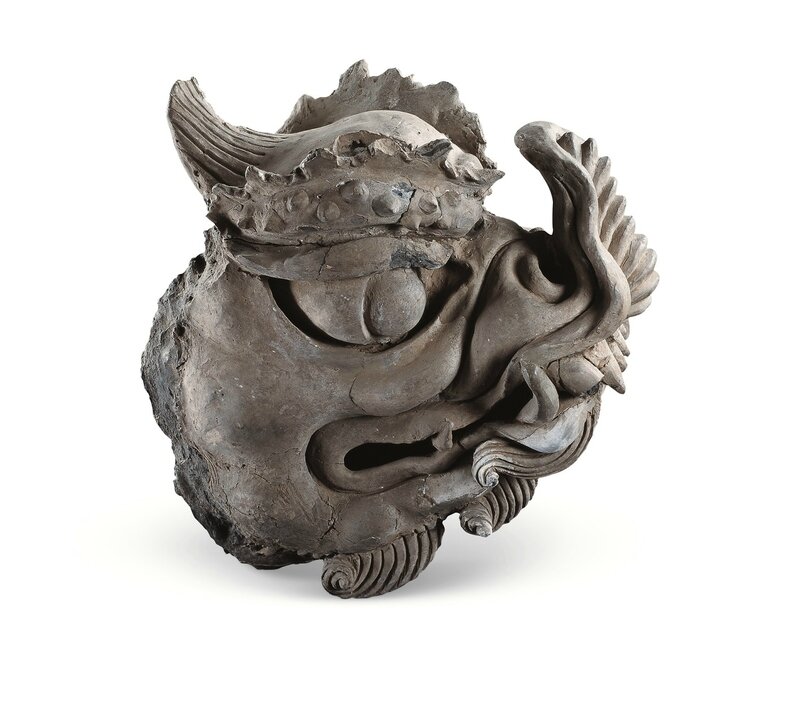
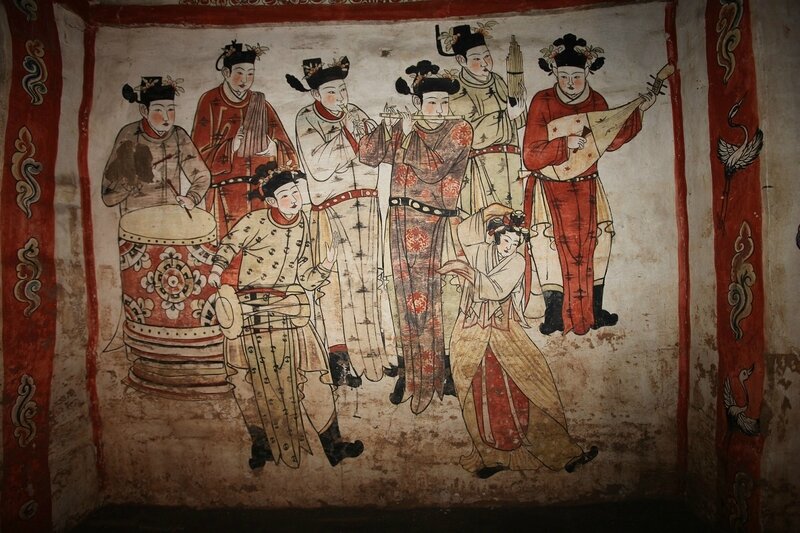


/image%2F1371349%2F20240309%2Fob_203da8_265-1.jpg)
/http%3A%2F%2Fstorage.canalblog.com%2F92%2F39%2F119589%2F129054153_o.jpg)
/http%3A%2F%2Fstorage.canalblog.com%2F50%2F32%2F119589%2F127661444_o.jpg)
/http%3A%2F%2Fstorage.canalblog.com%2F70%2F26%2F119589%2F121142885.png)